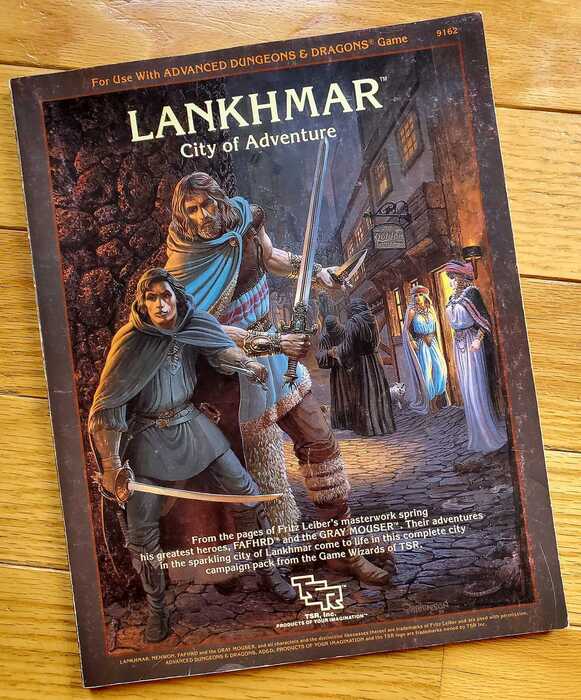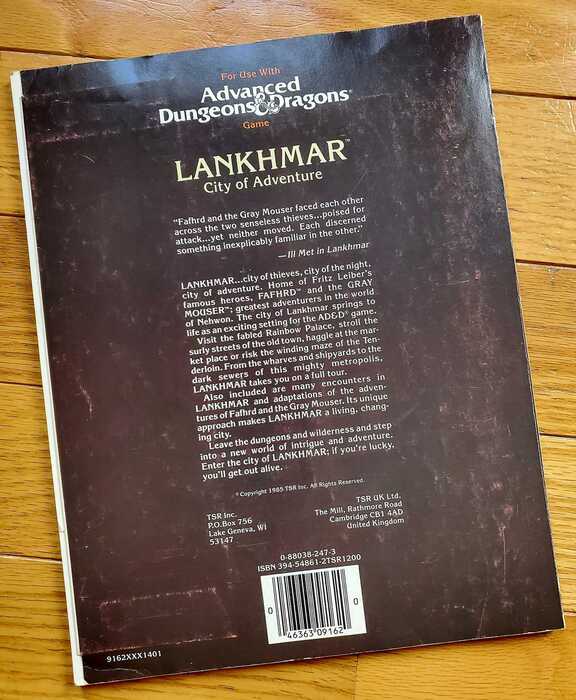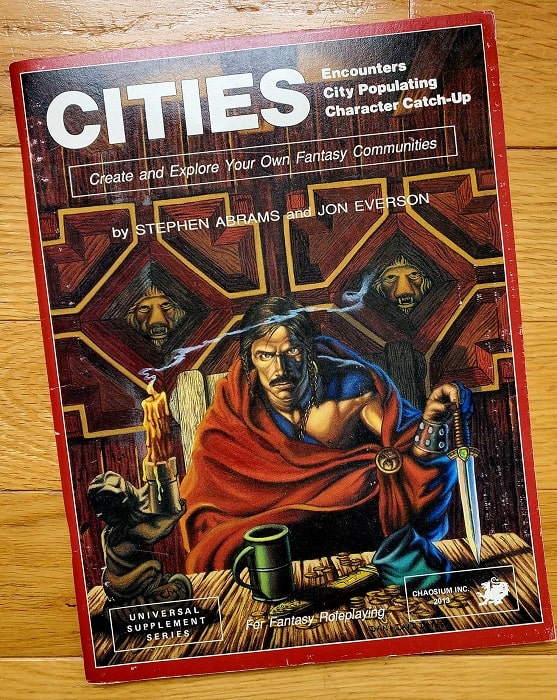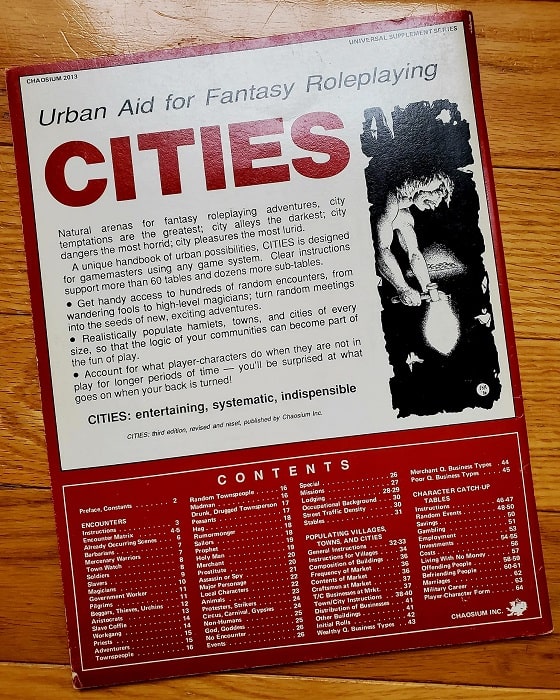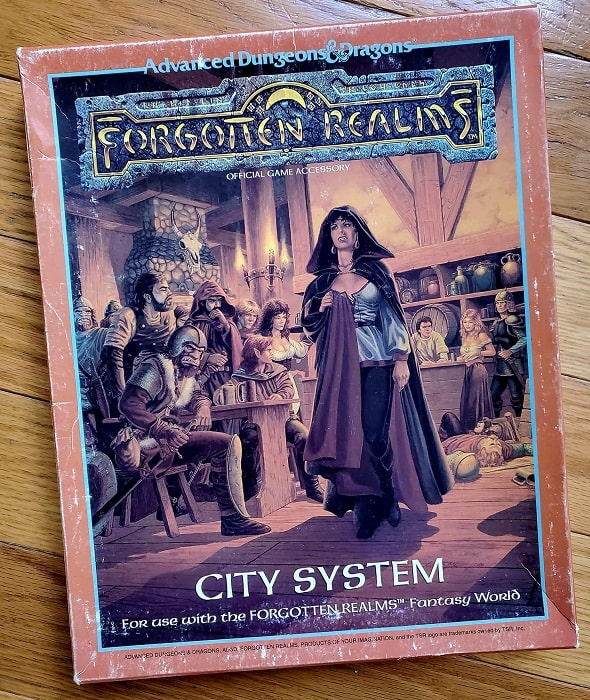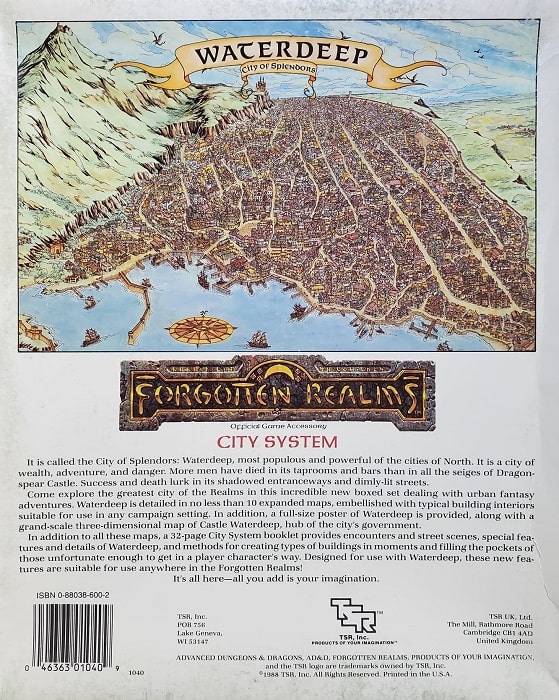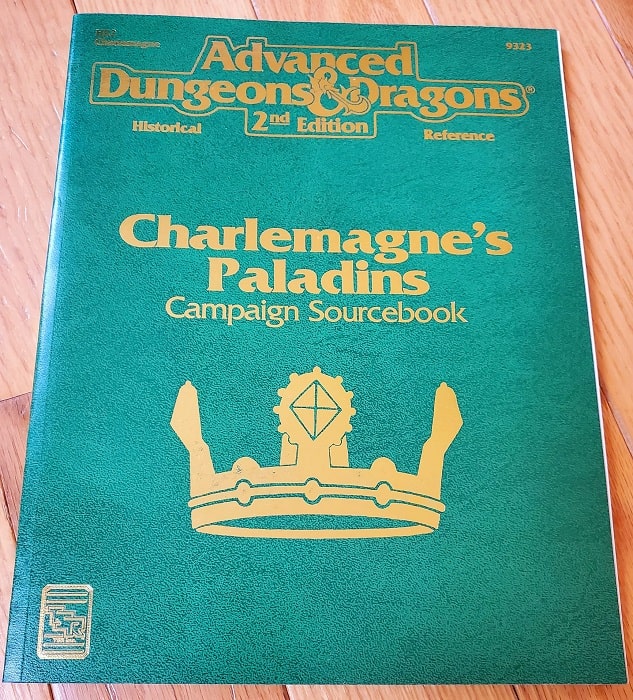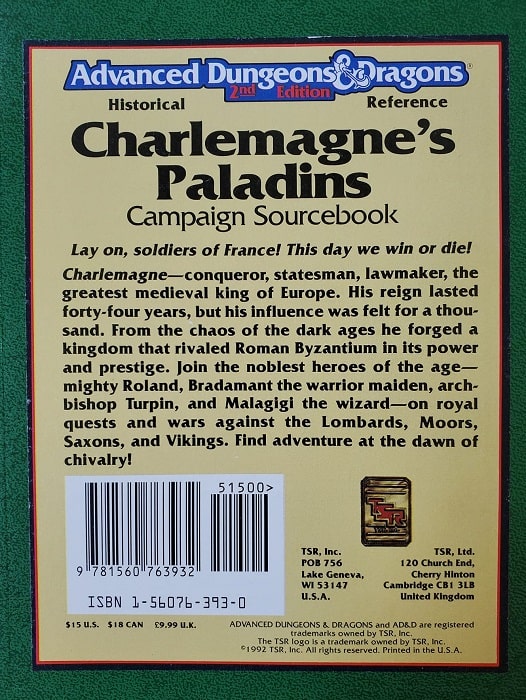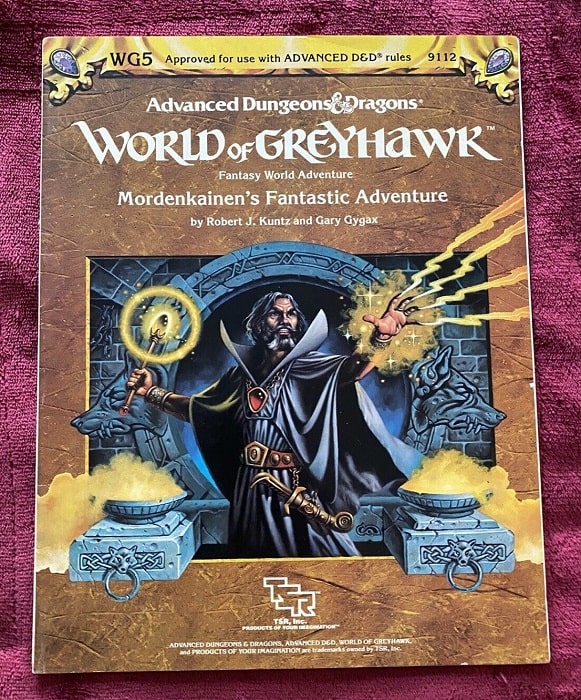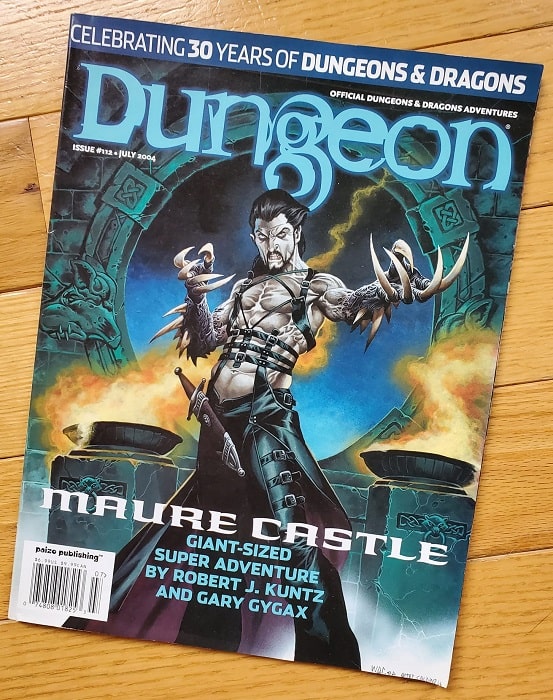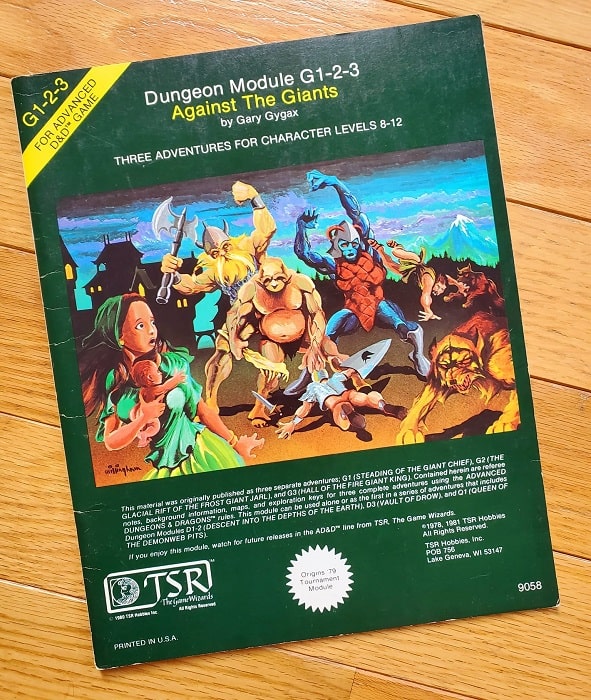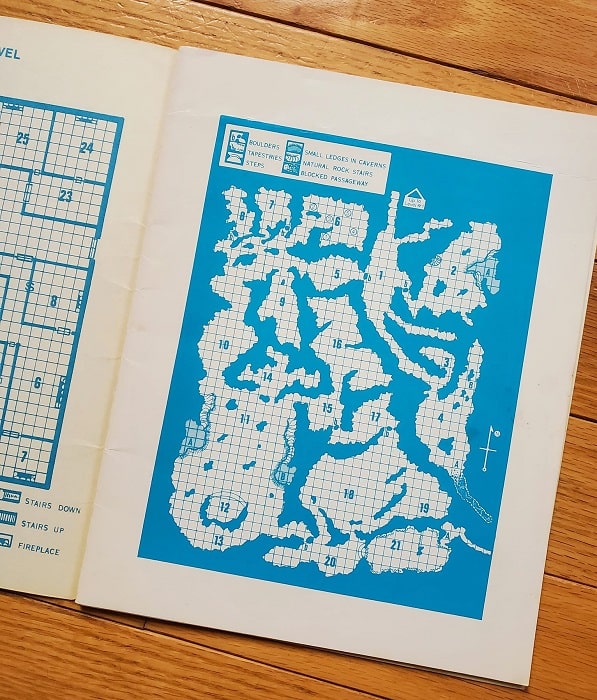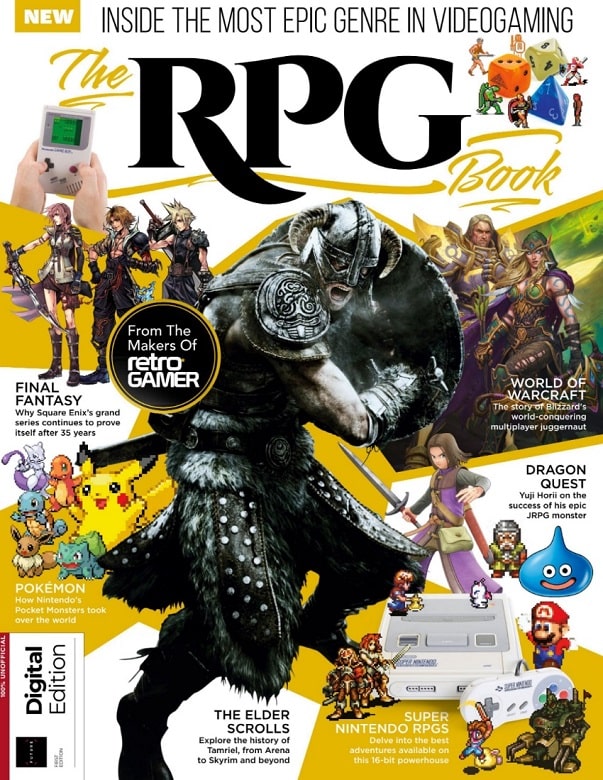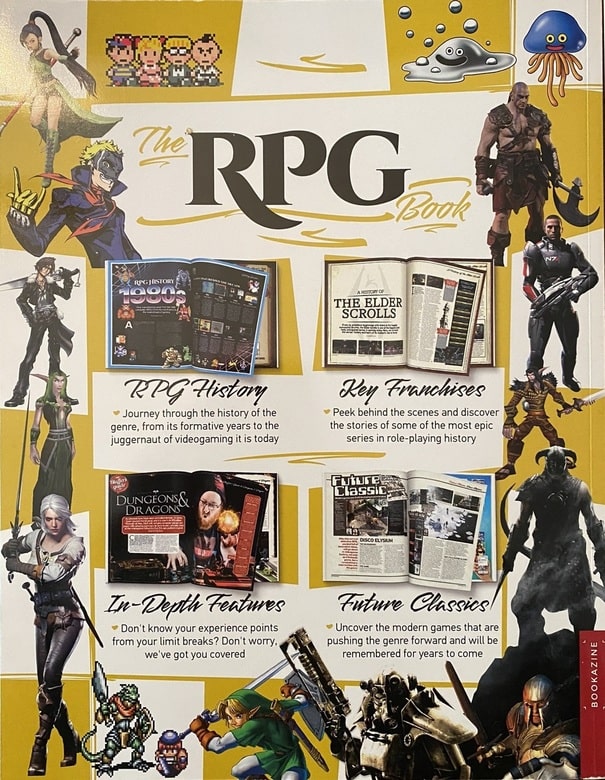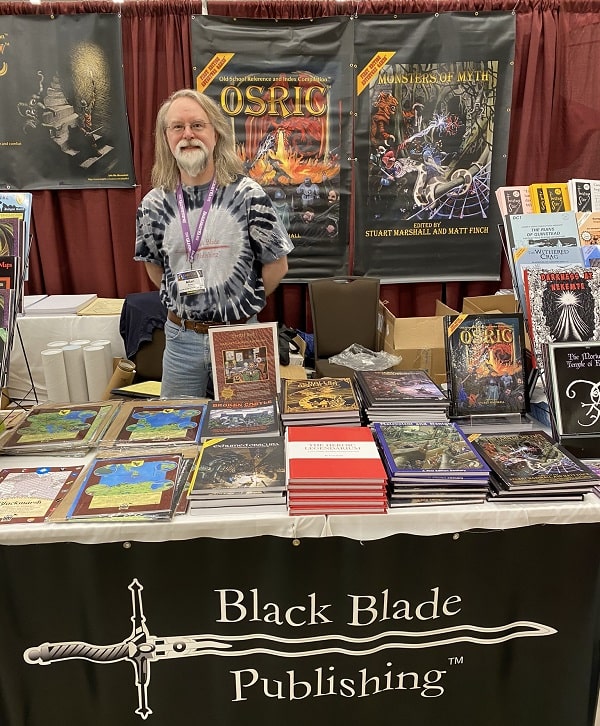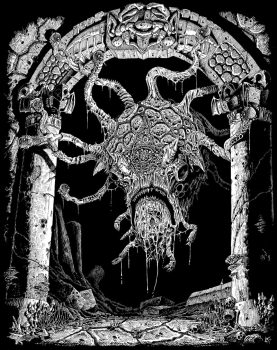Inspired by the Weird Fiction of Clark Ashton Smith: Castle Amber by Tom Moldvay
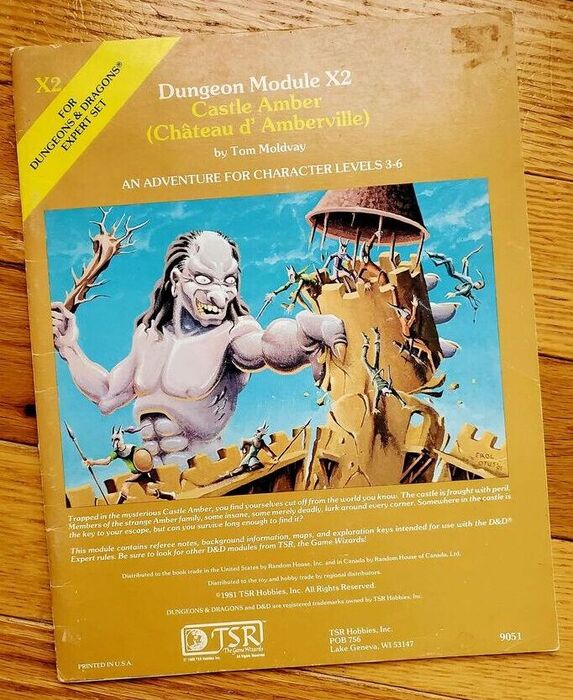 |
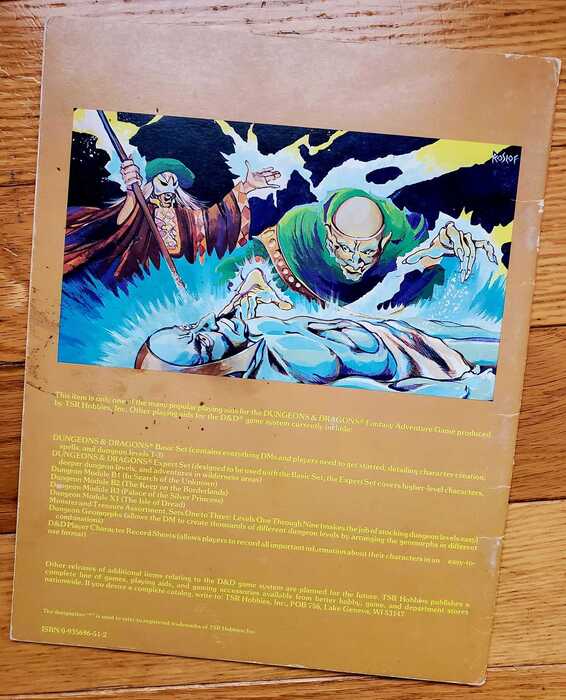 |
Castle Amber (TSR, 1981). Cover by Erol Otus
Castle Amber (aka Château d’ Amberville) by Tom Moldvay (RIP) is a classic D&D adventure that I first enjoyed as a player at age 10 and later as DM. Published in 1981 by TSR, Castle Amber has a wonderful cover by Erol Otus, and excellent interiors by Otus, Jim Holloway (RIP), Harry Quinn, Jim Rosolf (RIP), and Stephen Sullivan (he did the maps, I’m assuming).
I didn’t appreciate it as a youth, but this module was largely inspired by the weird fiction of Clark Ashton Smith — specifically his Averoigne Cycle of stories, which were set in a fictional counterpart of a province of France. Smith called this part of Southern France “the most witch-ridden in the entire country.” Smith has been a huge inspiration to me in my own RPG work, and I never tire of rereading his poetry and fiction.
